PROGRAM
The program aims to provide access to high-efficiency air filtration to help those who are most vulnerable to wildfire smoke and air pollution and improve health equity across the Bay Area. Over the last year, we made significant progress through the following programs in collective response efforts to prepare for wildfire disasters and catastrophic smoke events.
Through partnerships with county offices of emergency services and American Red Cross we provided funding of up to $100,000 to each county to purchase air filtration units to deploy to emergency sheltering, evacuation centers, and indoor congregate facilities such as schools, libraries, and community centers during wildfire smoke events.
Through $3 million in AB 836 funding, our Clean Air Centers Program has established an expansive network of publicly accessible facilities with high-efficiency air filtration systems for residents who may not otherwise have access to clean air during wildfire events.
Through our Home and School Air Filtration Program an additional $1 million was allocated to expand access to high-efficiency air filtration at schools and distribute home air filtration units to residents in AB 617 communities.
View details of our Clean Air Filtration Program below in our interactive video.

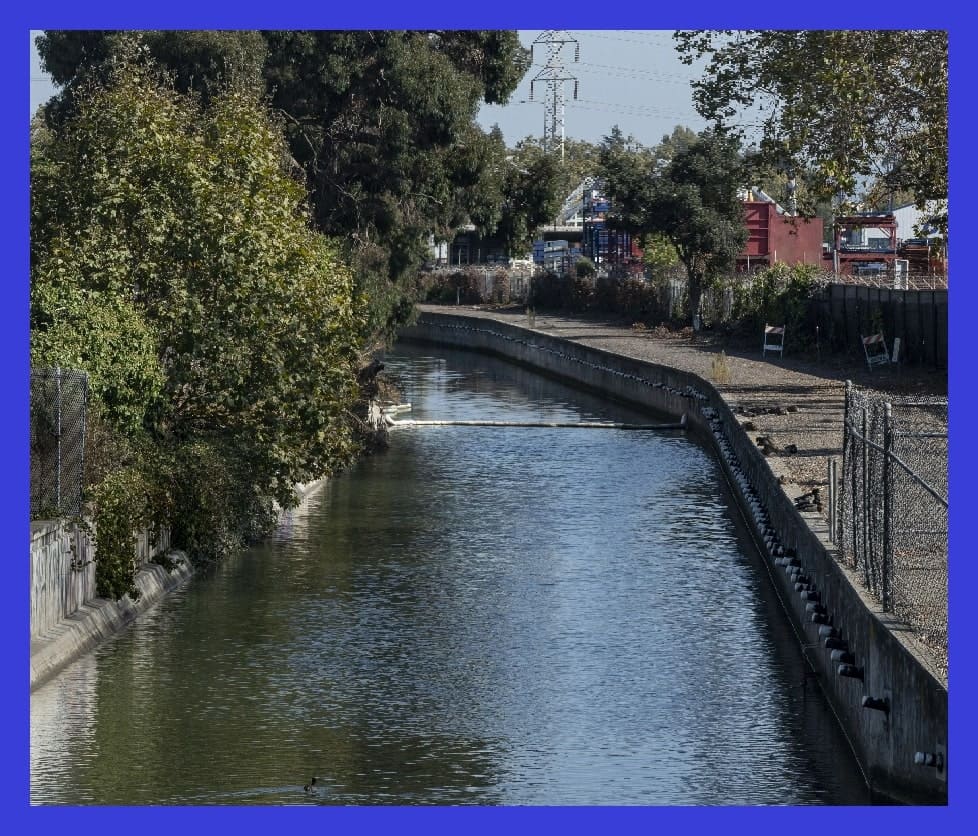
INFRASTRUCTURE
In collaboration with other agencies and community leaders, we are working on the San Leandro Creek Urban Greenway and the Brookfield School Vegetative Buffer projects. The projects seek to include land bridges to provide green space pedestrian and bicycle access across I-880, linking underserved East Oakland neighborhoods to the waterfront and providing crucial air pollution mitigation technologies.
INITIATIVE
The Bay Area Healthy Homes Initiative is a new $2 million program seeking to improve health outcomes of high-risk asthma patients and residents living in the areas most impacted by traffic pollution in Contra Costa and Alameda counties. In partnership with Contra Costa Health Services, Alameda County’s Asthma Start and StopWaste, and the Association for Energy Affordability, the program seeks to reduce participants’ air pollution exposure while making their homes more energy efficient.
PROTECTION PROGRAM
The Air District continued to work in collaboration with community members and other stakeholders to develop and implement health-protective measures in highly impacted communities as part of statewide AB 617 implementation.
In West Oakland, we continued our partnership with West Oakland Environmental Indicators Project through monthly meetings and implementation teams to support emissions reduction strategies. WOEIP’s Health Equity Advisory Committee focused on the public health aspects of hyperlocal emissions reductions and outreach and recruitment efforts to increase West Oakland resident engagement.
In Richmond-North Richmond-San Pablo, we continued to build a Community Emissions Reduction Plan. The 31-member community steering committee focused on six key areas that address pollution from mobile and marine sources and local facilities, with a special focus on public health and other non-regulatory approaches to reducing local exposures. An air toxics study identified locations with elevated levels of pollution and sources for further investigation or action.
In East Oakland, we collaborated with Communities for a Better Environment to form a 26-member steering committee to develop a Community Emissions Reduction Plan to address air quality and environmental justice issues in East Oakland.
San Francisco’s Bayview Hunter’s Point was designated as the next community to expand our AB 617 work in 2023.
“The Bay Area Healthy Homes Initiative seeks to reduce participants’ air pollution exposure while making their homes more energy efficient.”
Healthy Homes
Initiative

COUNCIL
The Community Advisory Council, consisting of 17 community members from across the Bay Area, was created in 2021 to advise our leadership on community-related matters, advance an equity-forward policy agenda, and provide input on key policies and programs. Under the leadership of Co-Chairs Ms. Margaret Gordon, John Kevin Jefferson III, and Latasha Washington, three ad hoc committees were formed to develop a plan and vision for the CAC’s work, create the structure and rules to guide the CAC, and develop an environmental justice policy for consideration by the Community, Equity, Health and Justice Committee.
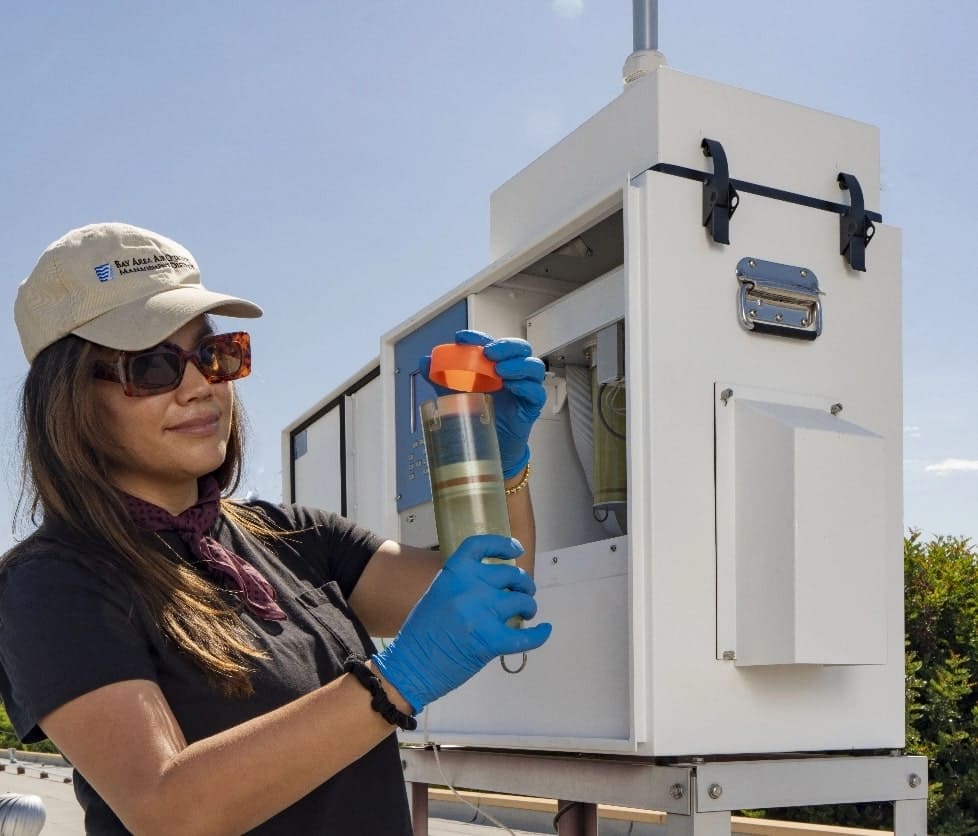
COMMUNITY GRANT PROGRAM
The James Cary Smith Community Grant Program funded more than 30 community groups and nonprofits to engage residents in decisions that impact their air quality and health in communities most impacted by air pollution. Awardees will design and implement strategies to improve local air quality through environmental justice academies for youth and multilingual air quality ambassador programs.
member Community
Advisory Council
nonprofits were funded through theJames Cary Smith Grant Program
Air
quality
FROM NATURAL GAS APPLIANCES
We conducted an evaluation of the health benefits of eliminating combustion emissions from Bay Area natural gas-fired residential and commercial space and water heating appliances. Converting these appliances from natural gas to electric would reduce regional levels of fine particulate matter and could prevent up to about 85 premature deaths per year.

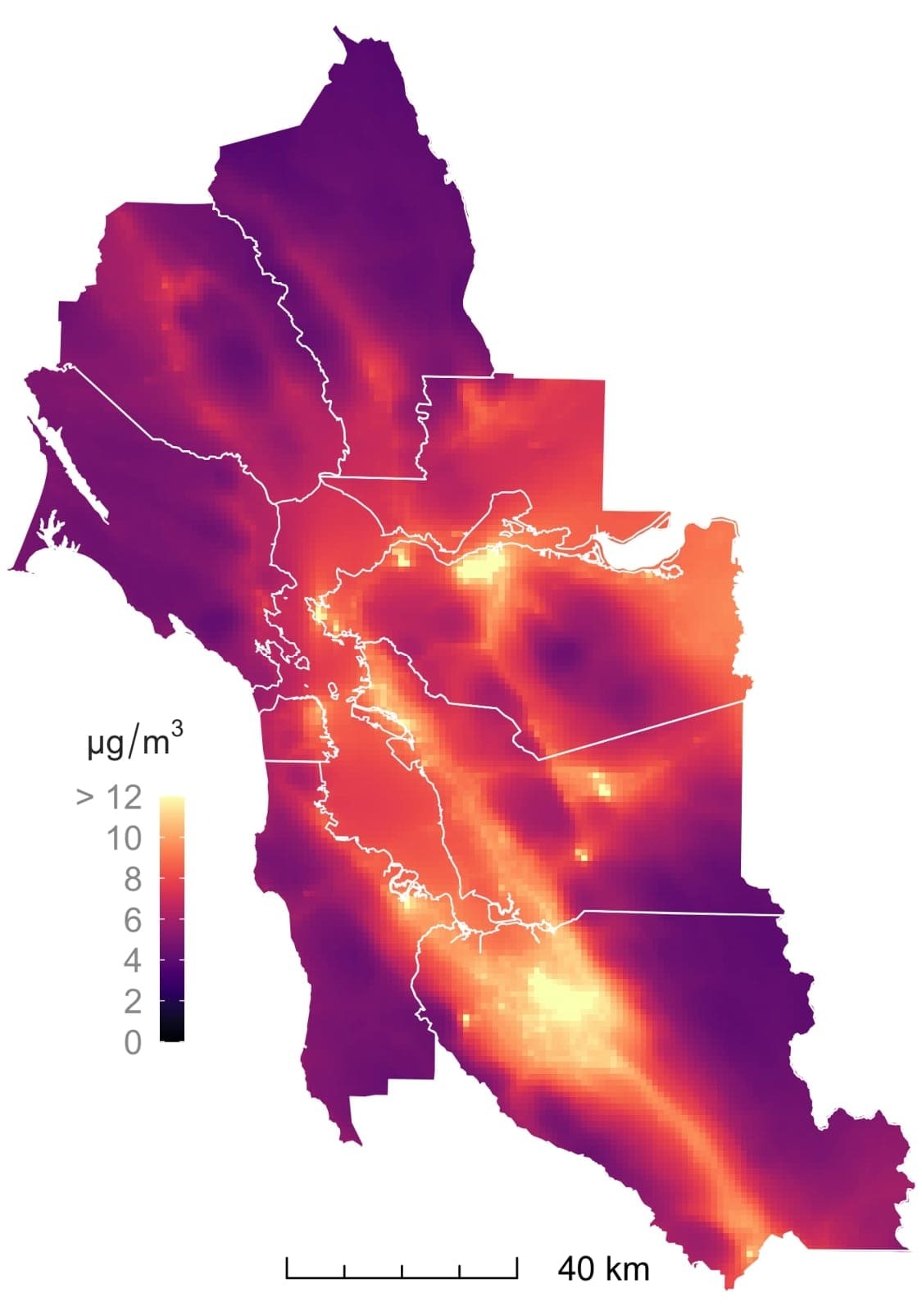
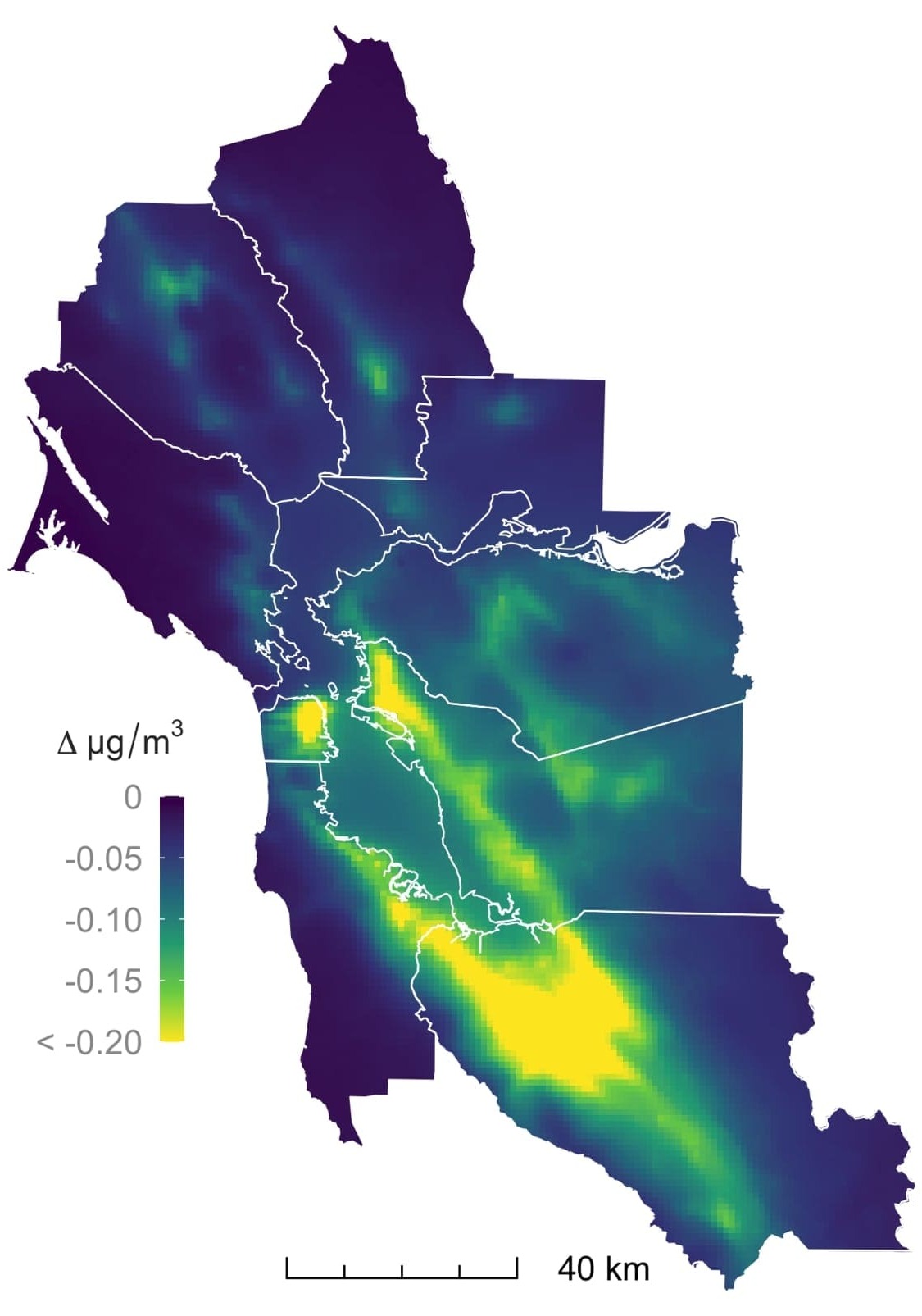
ESTIMATES OF POLLUTANTS
Aclima released results of an Air District-funded project to estimate annual average levels of air pollutants on all publicly accessible streets throughout the nine-county Bay Area on their air.health website, which allows residents to see this data for certain pollutants on their block.
ODOR STUDY
We completed gathering data for a study to determine the contribution and variability of odors from a cluster of waste-handling facilities near Milpitas, Santa Clara, and San Jose. The results of the study will inform future actions to reduce odors.
“We took aggressive measures to immediately reduce these health risks and to phase out use of this solvent throughout the region and the state.”
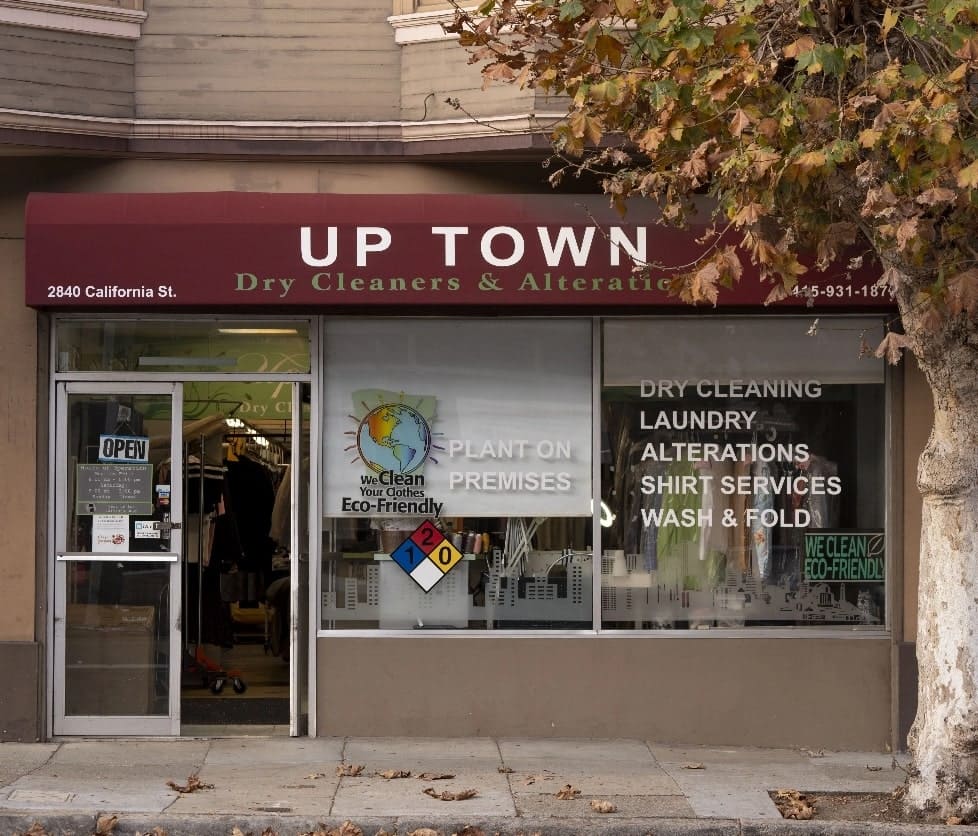

In July 2022, we implemented enhanced health protections for permits under Regulation 2, Rules 1 and 5, which include a more stringent cancer risk limit and public noticing requirements for projects located in overburdened communities. In addition, we incorporated updated health risk assessment guidelines for gas stations that include consideration of children’s health and acute health risks, as well as including four new toxic air contaminants, updated health effects values for four other compounds, and reduced acute health risk assessment trigger levels.
FROM DRY CLEANERS
We successfully eliminated the use of perchloroethylene solvent from all Bay Area dry cleaners as of August 2022. In the early 1990’s, we identified high cancer risk levels for neighbors of dry cleaning facilities that used perchloroethylene as a cleaning solvent. Along with the State of California, we took aggressive measures to immediately reduce these health risks and to phase out use of this solvent throughout the region and the state.

have eliminated
perchloroethylene use
avoided by switching natural gas
appliances to electric
“The Office of DEI provides local and regional environmental justice advocates a platform to share their expertise and lived experiences.”

DID YOU KNOW?
BUILDING DIVERSITY, EQUITY, AND INCLUSION WITHIN THE AIR DISTRICT
We work to foster an inclusive culture and view diversity as part of our strength. The Office of Diversity, Equity, and Inclusion partnered with the Community Equity, Health, and Justice Committee to provide local and regional community environmental justice advocates a platform to present and share their expertise and lived experiences at the committee’s monthly meetings.
Our staff participated in a variety of related internal events, activities, and trainings, including:
Black Expo 2022, a cultural celebration featuring local vendors showcasing their products and services
“Navigating within the Modern Workplace” women’s seminar
Conversation on Food, Culture, and Environmental Justice through an Asian and Pacific Islander lens
“Pronouns: What’s in a Name?” session during LGBTQ+ Pride Month
A local small business presentation during Latin American Heritage Month
A discussion regarding National Disability Employment Awareness Month and the 2022 theme, Disability: Part of the Equity Equation
21-Day Native American Heritage Month Equity Building Challenge
